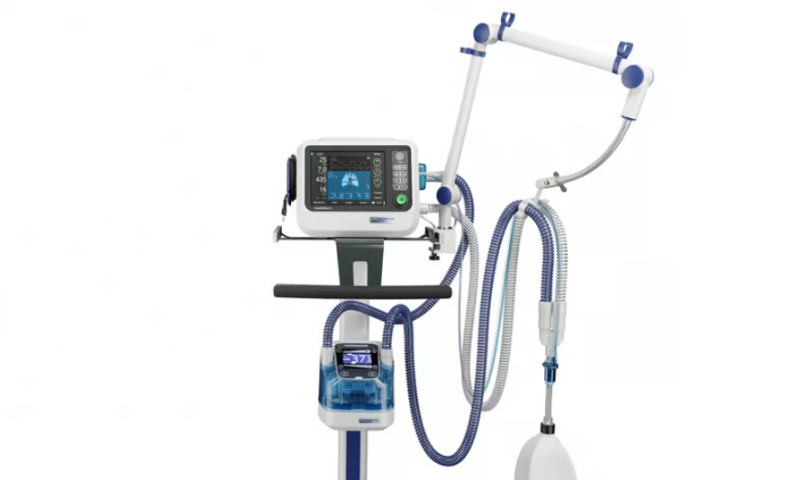In recent years, as ventilators have become increasingly crucial amid the COVID-19 pandemic, malfunctioning devices have been a constant burr in the FDA’s side.
This year alone, the agency has already doled out more than half a dozen Class I ratings to recalls of breathing support machines made by a variety of medtech manufacturers. Among the most recent of these Class I cases is that of Hamilton Medical, which began recalling tens of thousands of its ventilators earlier this summer.
According to an FDA notice published Wednesday, Hamilton has recalled more than 21,000 of its C1, C2, C3 and T1 ventilators—all of which can be used to provide full or partial breathing assistance to patients of all ages—that were found to be at risk of sudden shutdowns. The regulator’s Class I rating is its most serious, denoting a risk of serious injuries or death associated with the recalled machines.
Hamilton kicked off the recall in June. It spans ventilators distributed over the course of more than a decade, between December 2010 and May of this year, which were equipped with certain versions of the company’s software and had the “neonatal option” installed.
The recall began after Hamilton received reports that software issues were causing some of the ventilators to switch to “Ambient State” without notice, emitting an alarm and displaying a “technical fault” banner on the devices’ screens. The issue specifically occurred in ventilators that had been used for at least three months without a restart.
If a ventilator stops working, doctors may need to quickly replace it with another device or use a manual resuscitating device to provide needed breathing support, according to the FDA. Without that support, the agency noted, patients could experience “serious consequences” or even death.
To date, Hamilton has received 80 complaints related to the software issues, with no injuries or deaths reported.
As it began the recall in June, Hamilton sent a letter to healthcare providers advising them that if an unexpected shutdown does occur, they need to completely shut off the ventilator’s power to exit the forced “Ambient State” and immediately switch to an alternative respiratory support device. Affected ventilators will also need to be serviced, but can be returned to regular use after they’ve completed the service software program, per the company’s instructions—which were included in the recall’s FDA database entries.
For the C1 and T1 models, the shutdowns can also be prevented by upgrading their software to version 3.0.0 or higher.
To prevent future malfunctions from happening across all of the recalled models, Hamilton directed healthcare providers to periodically restart the ventilators, ideally as breathing circuits are exchanged—a process that’s typically conducted every four weeks. “Switching into standby is not sufficient,” the company noted.

